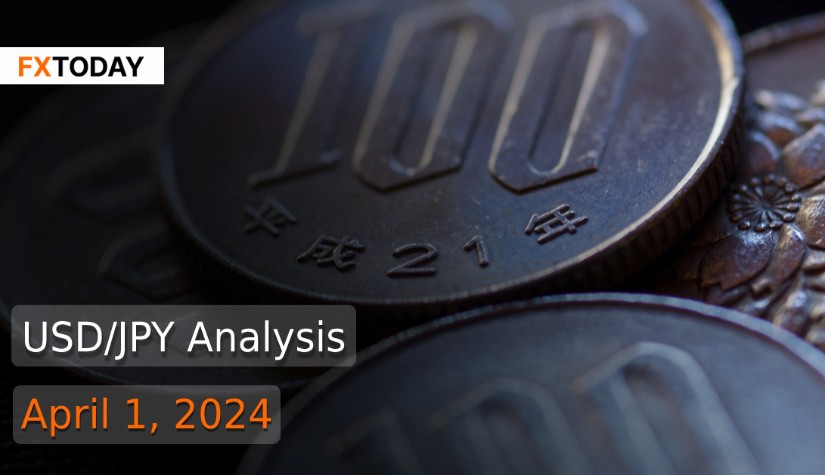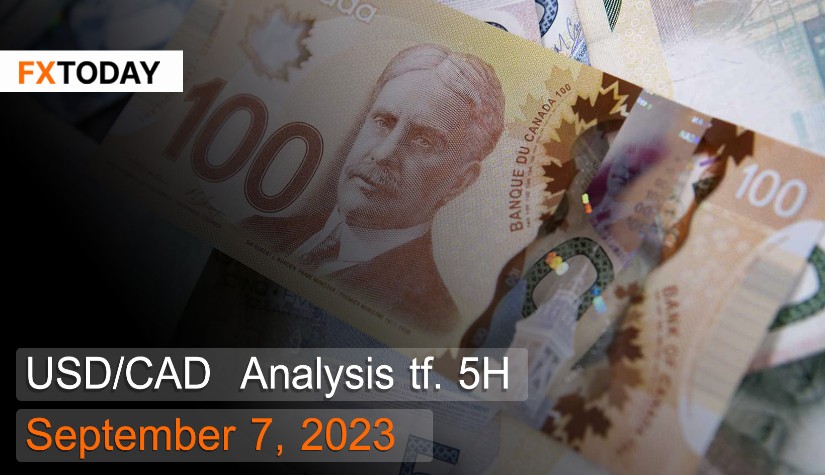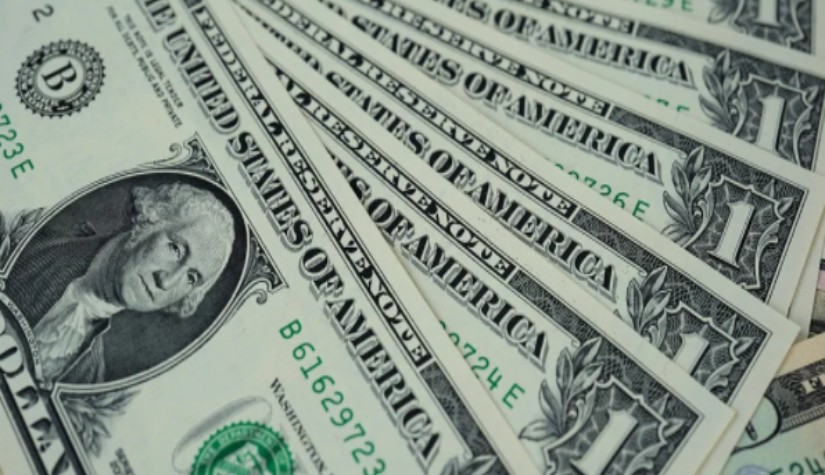Yen's Decline Sparks Intervention Concerns; Dollar Steady Amidst Speculation of Fed Rate Cut
The yen's decline, nearing levels last seen in 1990, has raised concerns about intervention by Japanese authorities. Recent emergency meetings among monetary authorities and statements from officials indicate efforts to stabilize the yen. Despite Japan's fiscal year ending, providing some relief from sudden currency movements impacting balance sheets, the situation remains unpredictable.
Finance Minister Shunichi Suzuki has warned against excessive currency movements and reiterated Japan's stance on rapid yen depreciation. However, the yen's decline has led to concerns about higher import costs affecting consumption and retail profits.
Prime Minister Fumio Kishida advocates maintaining accommodative monetary conditions to support wage growth and economic recovery. Weak economic indicators, including slowing core inflation and unexpected factory output declines, may prompt the Bank of Japan to delay interest rate hikes and increase pressure for currency intervention.
In Tokyo, recent data has shown a slowdown in core inflation during March, coupled with unexpected drops in factory output, casting uncertainty over the Bank of Japan's (BOJ) timeline for potential interest rate hikes post its departure from radical monetary stimulus measures.
Factory output in Japan saw an unexpected decline in February, contrary to market expectations of an increase. Despite manufacturers anticipating a rebound in March and April, concerns linger, especially regarding disruptions in production and shipment at major entities like Toyota Motor and its small-car unit, which could adversely affect the broader economy due to their substantial presence in Japan's manufacturing sector. Despite a modest improvement in March, Japan's factory activity has contracted for ten consecutive months, influenced by milder contractions in output and orders.
The upcoming BOJ meeting in April will scrutinize various factors such as business sentiment, growth prospects, and inflation forecasts, with market attention keenly focused on indications of the timing of potential interest rate adjustments following the recent exit from stimulus programs.
Despite challenges, large firms plan to increase capital expenditure, albeit at a slower pace than median forecasts, amid concerns about global economic uncertainties and rising labor costs. These factors collectively underscore the delicate balance the BOJ must maintain in navigating Japan's economic recovery, impacting both business sentiment and the valuation of the yen against the dollar.
The dollar remained relatively stable on Monday, buoyed by data indicating a decrease in U.S. prices, leading to speculation that the Federal Reserve might opt for an interest rate cut in June.
The Personal Consumption Expenditures (PCE) price index, according to the Commerce Department's Bureau of Economic Analysis, experienced a rise in February, albeit slightly lower than the increase anticipated by economists polled by Reuters. However, consumer spending surged last month, highlighting the resilience of the U.S. economy. Federal Reserve Chair Jerome Powell expressed satisfaction with the latest inflation data, aligning with his previous remarks post the Fed's policy meeting.
Market sentiment indicates a 68.5% probability of the Federal Reserve cutting rates in June, up from 57% at the end of the previous week, as per the CME FedWatch tool. Citi strategists anticipate the Fed commencing rate cuts in June, with a possibility of three cuts if economic activity remains stable, and potentially five if labor market conditions continue to soften. Despite lower-than-expected price increases in February, U.S. consumer spending remained robust, bolstering the economy amidst higher borrowing costs.
Looking ahead, Friday's U.S. employment data is anticipated to be a key focus, with optimism surrounding the economy's trajectory towards a "soft landing", characterized by moderated inflation without a severe economic downturn. Expectations suggest that there will be an addition of jobs in March, representing a slight decline from the number of jobs added in February. Following the jobs report, investors await insights from various Fed officials, including Chair Jerome Powell, on Wednesday. Amidst ongoing surveillance of the yen for potential intervention, market attention remains on economic data releases, as the second quarter commences following a robust performance for stocks in Q1.
Data for Technical Analysis (1H) CFD USD/JPY
Resistance : 151.37, 151.40, 151.46
Support : 151.25, 151.22, 151.16
1H Outlook
Source: TradingView
Buy/Long 1 If the support at the price range 151.15 – 151.25 is touched, but the support at 151.25 cannot be broken, the TP may be set around 151.37 and the SL around 151.10, or up to the risk appetite.
Buy/Long 2 If the resistance can be broken at the price range of 151.37 – 151.47, TP may be set around 151.52 and SL around 151.20, or up to the risk appetite.
Sell/Short 1 If the resistance at the price range 151.37 – 151.47 is touched, but the resistance at 151.37 cannot be broken, the TP may be set around 151.22 and the SL around 151.52, or up to the risk appetite.
Sell/Short 2 If the support can be broken at the price range of 151.15 – 151.25, TP may be set around 151.06 and SL around 151.42, or up to the risk appetite.
Pivot Points Apr 1, 2024 02:43AM GMT
|
Name
|
S3
|
S2
|
S1
|
Pivot Points
|
R1
|
R2
|
R3
|
|---|---|---|---|---|---|---|---|
| Classic | 151.08 | 151.16 | 151.22 | 151.31 | 151.37 | 151.46 | 151.52 |
| Fibonacci | 151.16 | 151.22 | 151.25 | 151.31 | 151.37 | 151.4 | 151.46 |
| Camarilla | 151.25 | 151.26 | 151.27 | 151.31 | 151.3 | 151.31 | 151.32 |
| Woodie's | 151.06 | 151.15 | 151.2 | 151.3 | 151.35 | 151.45 | 151.5 |
| DeMark's | - | - | 151.19 | 151.29 | 151.34 | - | - |
Sources: Investing 1, Investing 2
















